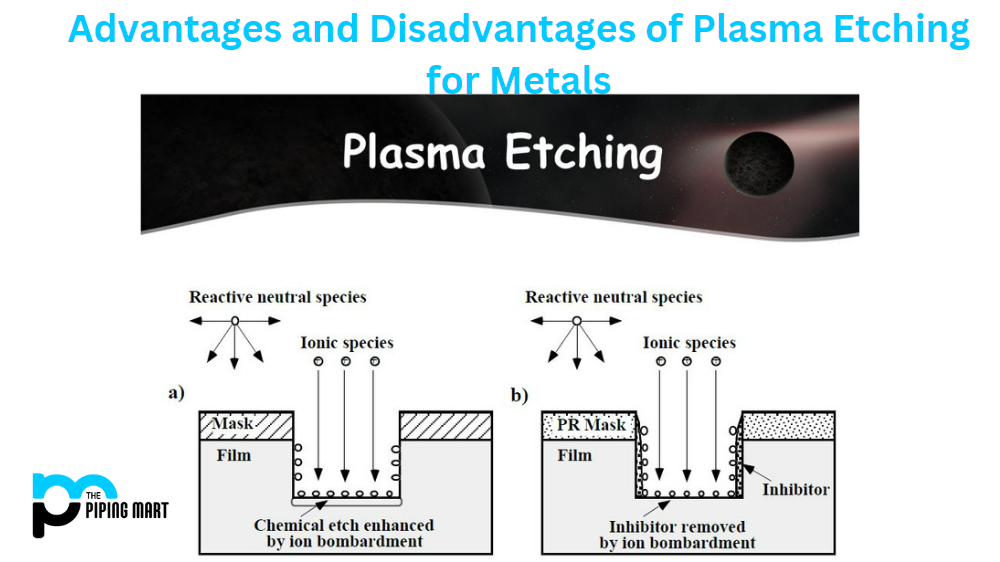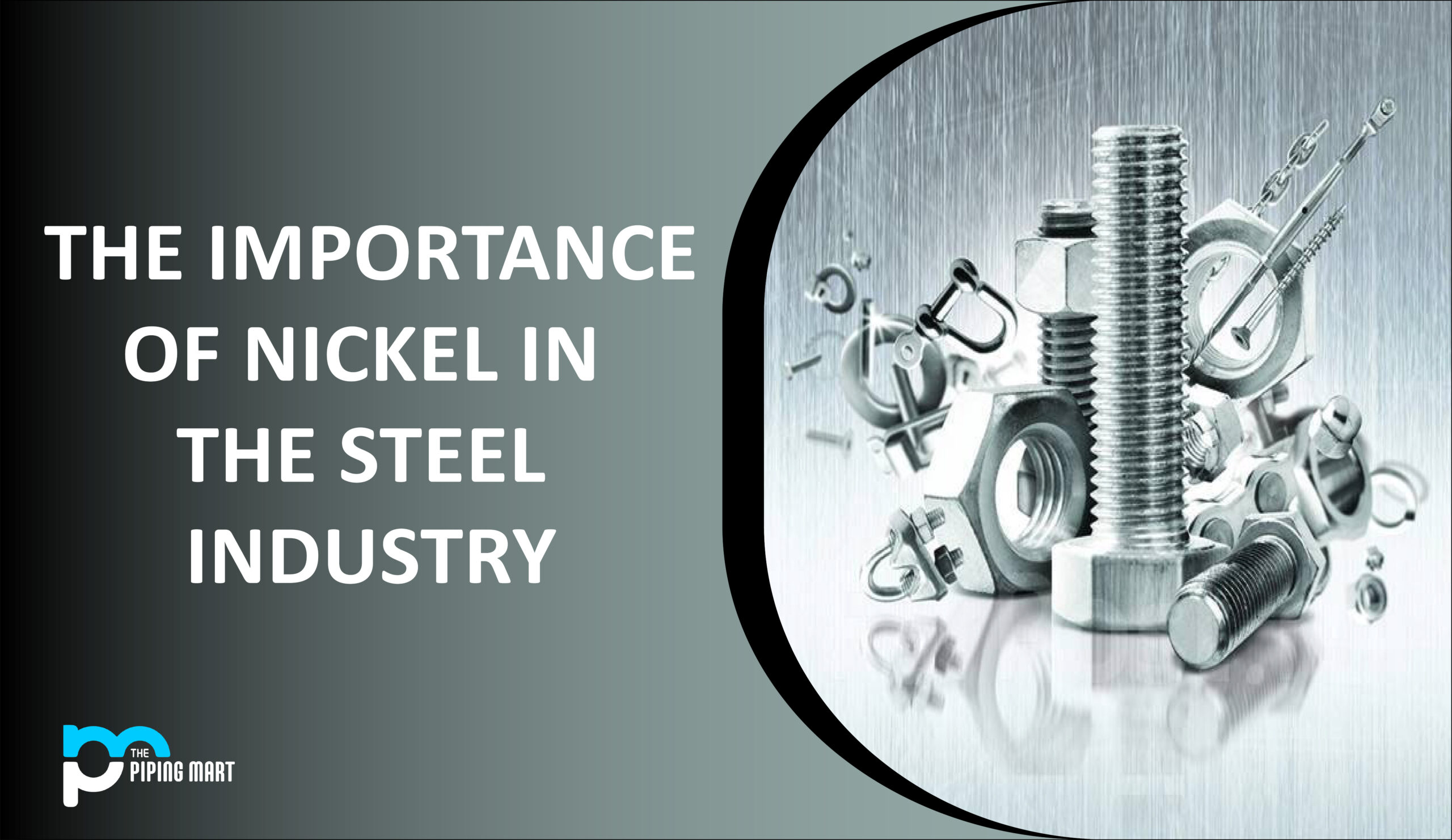As products and technologies continue to advance, the need for efficient and accurate manufacturing processes becomes increasingly important. One such process that has recently gained popularity is plasma etching for metals. Plasma etching is a dry-etching process that uses ionized gas to remove material from a surface. While it has its advantages, some drawbacks need to be considered. This blog post will explore the pros and cons of plasma etching for metals.
Advantages of Plasma Etching for Metals
Precision
Plasma etching offers a high degree of accuracy, allowing manufacturers to create precise and intricate patterns on metal surfaces.
Control
The process is highly controllable, as the speed and intensity of the plasma can be adjusted to suit specific needs.
Cost-effective
As it is a dry-etching process, plasma etching eliminates the need for harsh chemicals, making it a more cost-effective alternative to wet-etching methods.
Reduced waste
Plasma etching also produces less waste, as it doesn’t require solvents or other chemicals that can harm the environment.
Disadvantages of Plasma Etching for Metals
Skill
Plasma etching is a highly technical process that requires specific knowledge and training to perform effectively. Finding skilled operators to carry out the process can be challenging.
Damage
While precision is a benefit, it can also be a drawback, as the process can damage delicate or thin metal surfaces.
Uniformity
Plasma etching can result in non-uniform etching patterns across a surface, which may not be suitable for specific applications.
Equipment
The equipment required for plasma etching can be expensive and a barrier to entry for smaller businesses.
Conclusion
Plasma etching for metals offers many benefits, including precision, control, and cost-effectiveness. However, there are also some downsides, such as the technical expertise required to carry out the process and the potential to damage certain types of metals. Ultimately, the decision to use plasma etching will depend on the specific application and requirements of the product in question. Proper training, equipment, and processes are crucial for a successful plasma etching operation, and those willing to invest in these aspects may see significant returns in terms of quality and efficiency.

Pipingmart is a B2B portal that specializes in metal, industrial and piping items. Additionally, we share the latest information and information about materials, products and various types of grades to assist businesses that are involved in this business.




